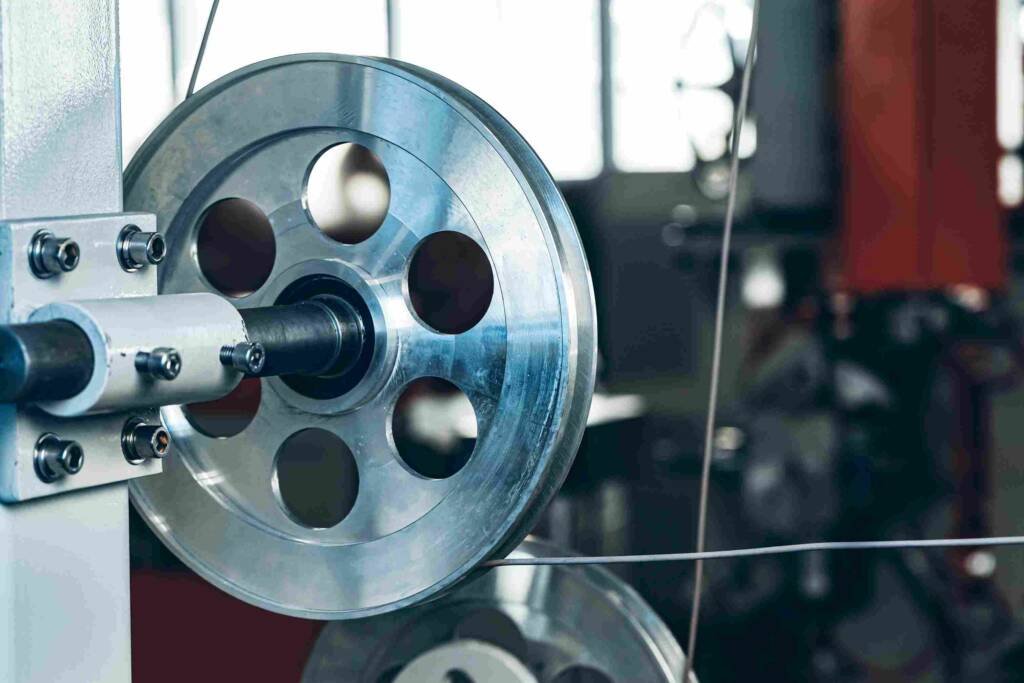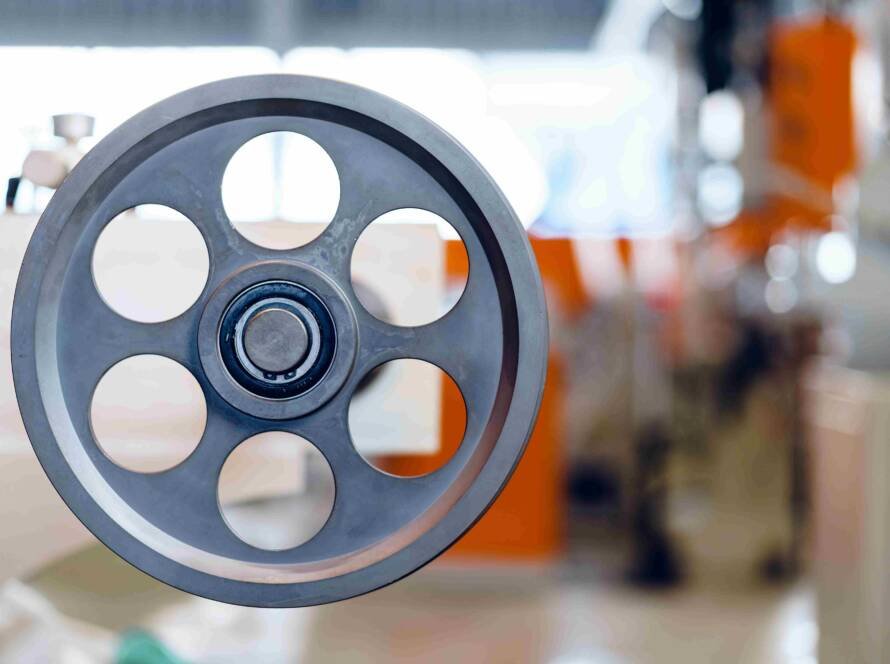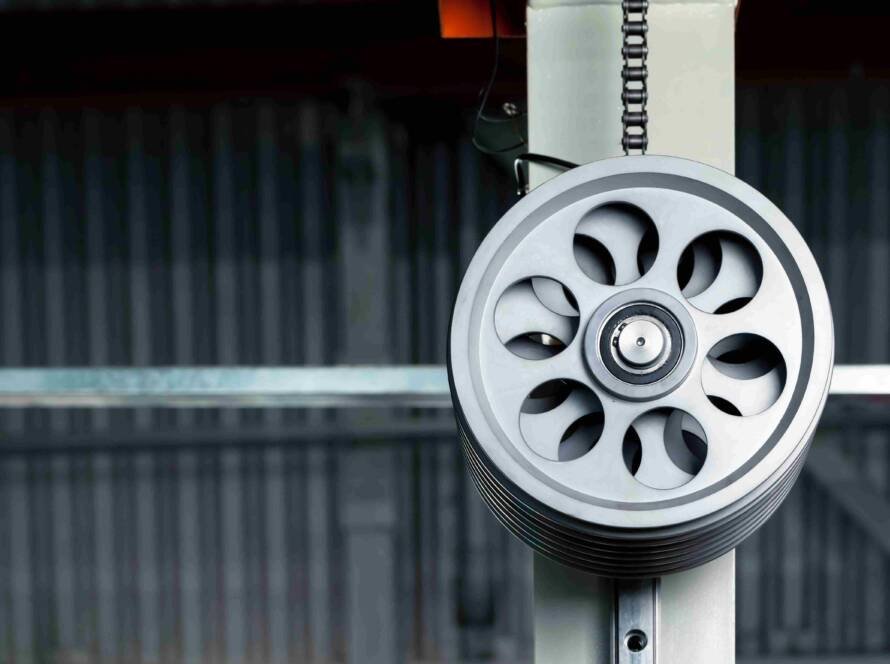What Are Pulleys?
Pulleys are simple machines used to change the direction of a force or to lift heavy objects. They consist of a wheel with a groove around it, where a rope, belt, or chain runs. Pulleys have been integral to human engineering for centuries and continue to play a vital role in modern technology.
How Do Pulleys Work?
Pulleys function by transferring force via a rope or cable running along the wheel. When a force is applied to one end of the rope, the pulley redirects this force, making it easier to lift or move objects. They are widely used in various applications, from lifting heavy machinery to operating elevators.
Types of Pulleys
- Fixed Pulley: The wheel is stationary, and the load moves when force is applied. It only changes the direction of the force but does not reduce the amount of force needed.
- Movable Pulley: The pulley itself moves with the load, which reduces the force required to lift it. The load is divided between the rope segments.
- Compound Pulley: A combination of fixed and movable pulleys used to maximize the mechanical advantage and reduce the effort needed.
The Role of Pulleys in Modern Engineering
Pulleys are crucial in lifting, transportation, and mechanical systems. They reduce human effort and enhance safety in industries such as construction, mining, and manufacturing.
With the advancement in materials and designs, pulleys now operate with much higher efficiency, contributing to the automation of various engineering systems.

Applications of Pulleys in Engineering
- Construction: Pulleys are used to lift heavy construction materials.
- Manufacturing: Conveyor belts in factories utilize pulleys for transporting goods.
- Transportation: In cranes and elevators, pulleys help to move heavy loads efficiently.
- Robotics: Pulleys help in precise movements in robotic arms.
Benefits of Using Pulleys
- Mechanical Advantage: Pulleys allow a force to be applied in a more manageable way, often making the job easier.
- Reduced Effort: In systems like compound pulleys, the force required is significantly reduced, allowing lighter engines and motors to do the same task.
- Versatility: From lifting to transportation, pulleys are adaptable to various industries and applications.
Conclusion:
Understanding how pulleys work and their role in engineering helps us appreciate their importance in modern technology. Whether in construction, transportation, or robotics, pulleys play a key role in simplifying tasks and improving efficiency.
For more insights on engineering solutions, AH Engineering Works.
FAQ’s:
- What is the primary function of a pulley?
Pulleys are used to change the direction of force and make lifting or moving heavy objects easier.
- How does a movable pulley reduce effort?
A movable pulley divides the load between multiple rope segments, reducing the force needed.
- What are the types of pulleys used in engineering?
Fixed pulleys, movable pulleys, and compound pulleys are commonly used.
- Where are pulleys used in construction?
Pulleys are used to lift heavy materials and machinery on construction sites.
- Can pulleys be used in automation?
Yes, pulleys are used in robotic systems to provide precision and control.


